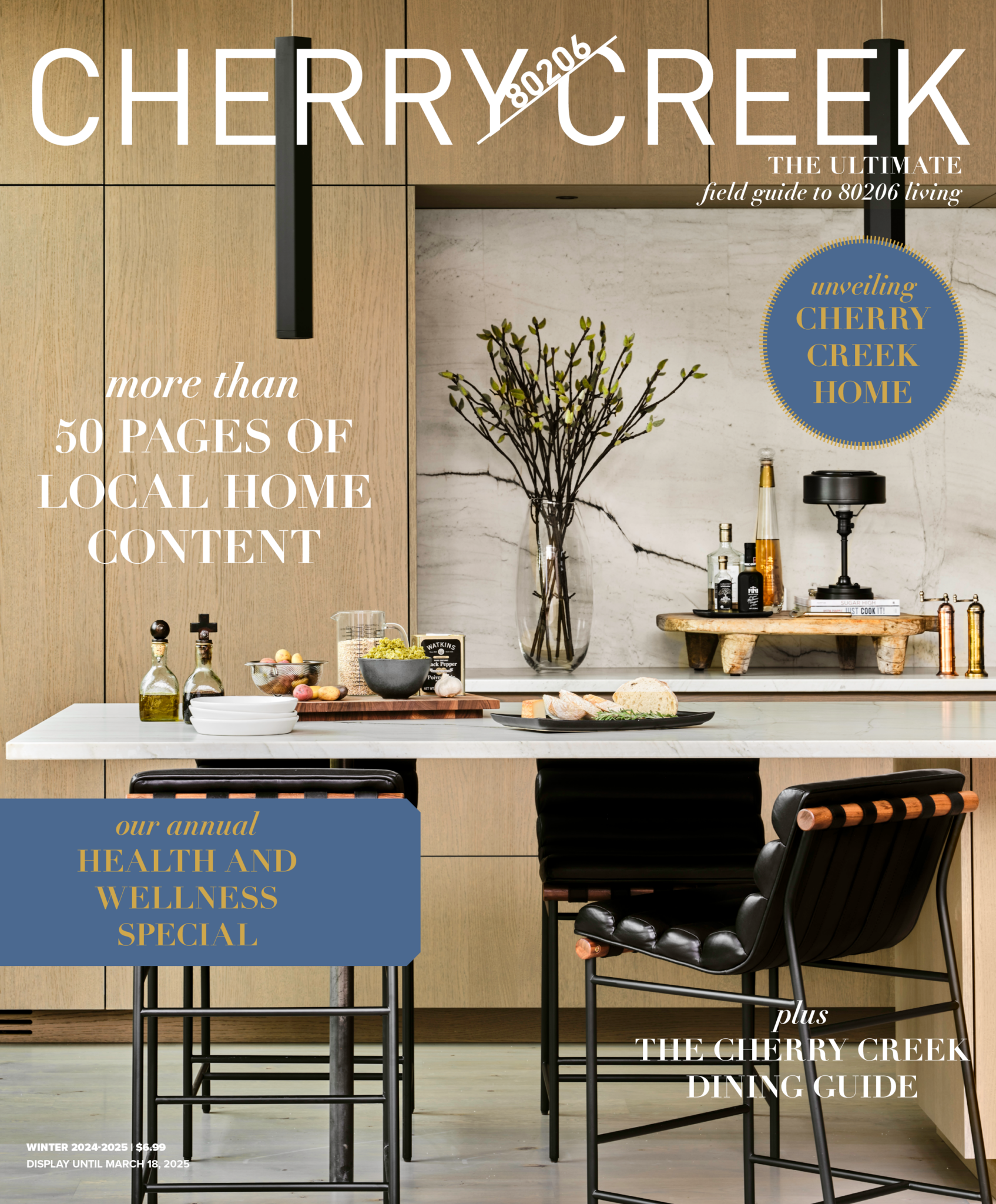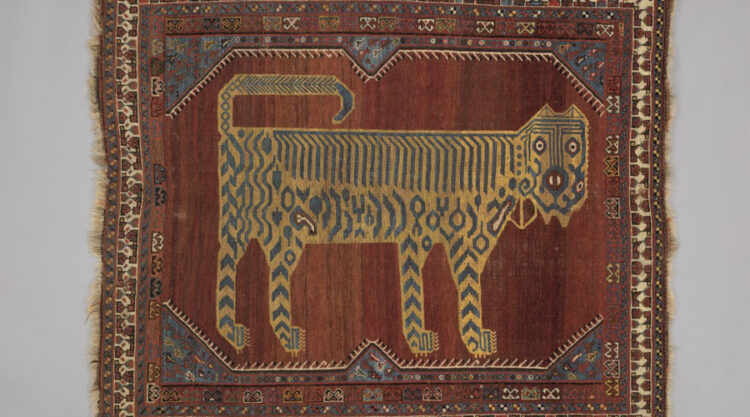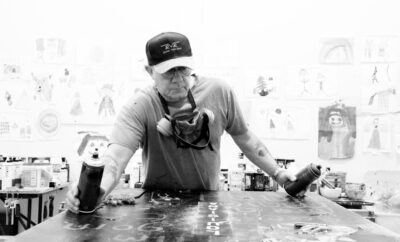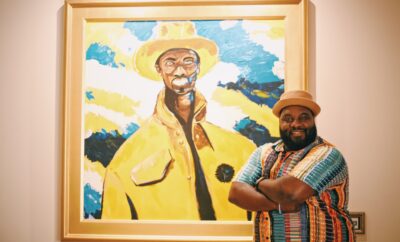Art
Rugged Beauty
Denver Art Museum presents Rugged Beauty: Antique Carpets from Western Asia in winter 2022
More than 40 artworks explore the craftsmanship of carpet weaving in west Asia over six centuries
The Denver Art Museum (DAM) will present Rugged Beauty: Antique Carpets from Western Asia, opening December 2022. This exhibition opens a window into the artistic and utilitarian innovations of weavers, domestic consumption and the cross-cultural exchanges between present-day Turkey, Iran and the Caucasus (Armenia, Azerbaijan and Georgia) from the 1500s to the 1900s. Opening December 18, 2022 and on view through May 28, 2023, Rugged Beauty will be presented in the Avenir Textile Art and Fashion galleries on the 6th floor of the Martin Building and included in general admission, which is free for everyone 18 and under every day, as well as museum members.
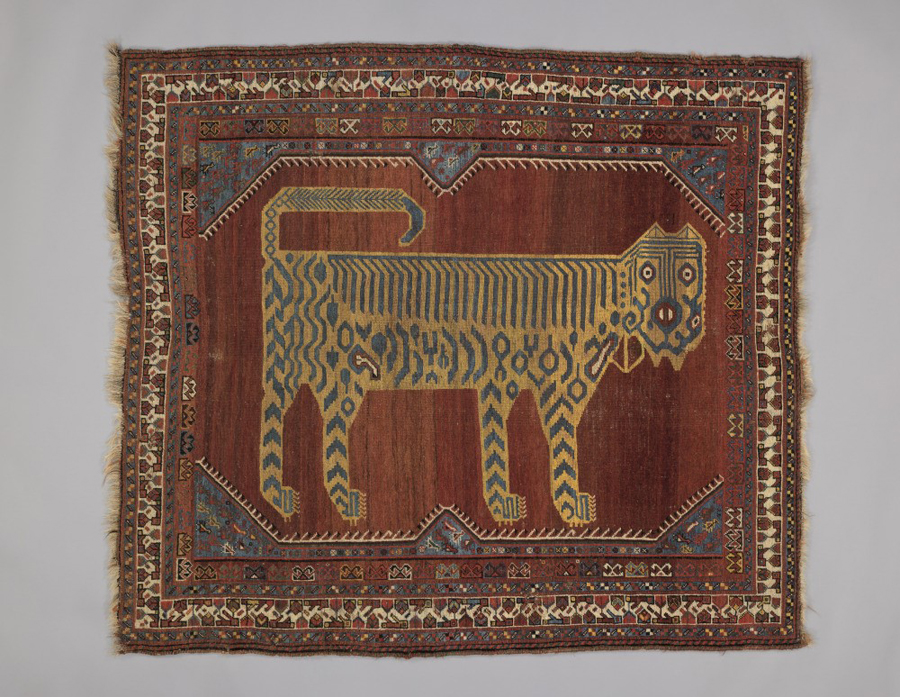
Southwestern Iran, Khamseh Lion Rug, 1800s. Hand-knotted wool pile; wool warp and weft; 67 x 76 in. Private Collection.
“We are extremely proud to present the stories in Rugged Beauty to our community and showcase the living traditions of western Asia, which is a vast and culturally rich region of the world,” said Christoph Heinrich, Frederick and Jan Mayer Director of the DAM. “These wonderful, handcrafted objects, in their wealth of rich colors, intricate patterns and complex symbols were easy to travel and serve as gifts and trophies connecting cultures. Their history is as well a history of trade, diplomacy and foreign relationships.”
Rugged Beauty was developed by Jane Burke, Curatorial Fellow, Stefania Van Dyke, Interpretive Specialist, and Courtney Pierce, Curatorial Assistant, in close partnership with local visiting scholar Paul Ramsey of Shaver-Ramsey Fine and Custom Rugs. The exhibition showcases exquisite rugs from the DAM’s permanent collection, as well as institutional loans from The Textile Museum (Washington DC) and the Saint Louis Art Museum and from local private collectors.
Historically, west Asian carpets were made for use within their own culture, while over time became increasingly sought after for international trade. They became a source of connoisseurship and luxury in Europe as symbols of cultured taste and imperial ambitions. Although the chronology of this exhibition ends during the mid-1900s, the art of carpet making is still a living practice throughout western Asia.
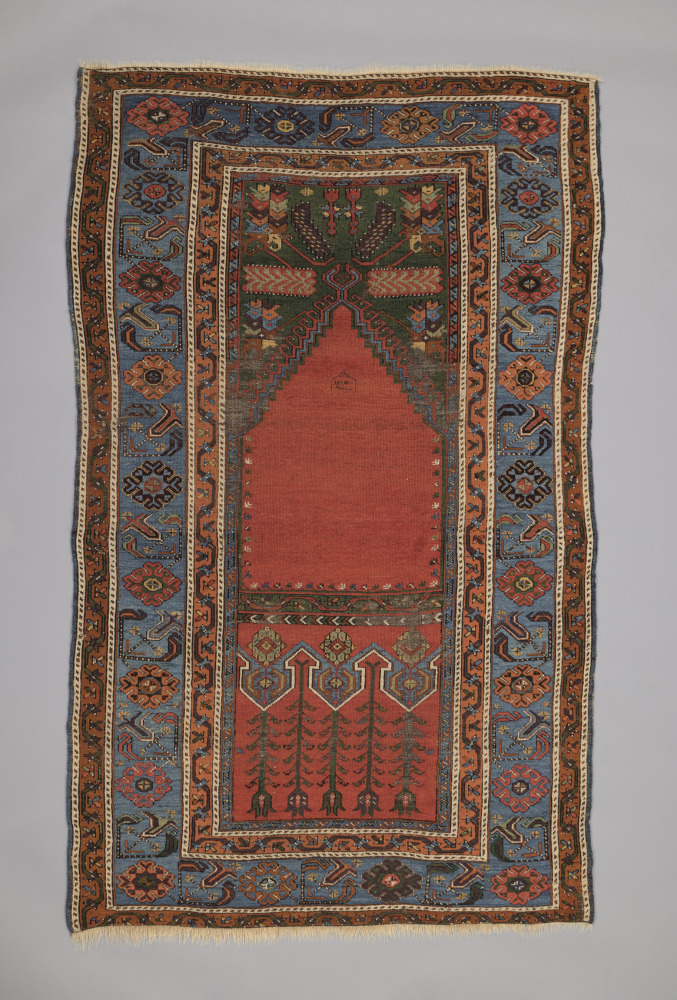
Turkey, Ladik Prayer Rug, 1834-35. Hand-knotted wool pile; wool warp and weft; 88 x 53 in. Collection of Richard and Jackie Geist.
Though the individual identities of the makers are mostly unknown, the rugs’ designs, materials and colors reveal ethnic identities and localities. Passed down generationally, repeated geometric motifs and stylized animal designs based on artistic tradition are primarily recorded only in the weavings themselves. All the objects in Rugged Beauty were made by hand, predominantly dyed by hand and hand-woven using the knotted-pile weaving technique which is characterized by a raised surface.
“While we can study and appreciate the fascinating peoples and cultures in west Asia that produce these sublime rugs, it is the beauty of the rugs that speak directly to us. Rugs from west Asia – primarily from Iran, Turkey and the Caucasus – are likely among the most beautiful objects ever created by humans,” said Mr. Ramsey. “Perhaps it is the play of light on the piled surface, the richness of the colors from the natural plant and insect dyes, or the compositions integrating the multi-layered patterns. The personal experience of beholding a beautiful rug enchants us, each of us in our own way.”
Three thematic sections illuminate the makers’ stories presented in Rugged Beauty, highlighting categories of creators based on categories of makers: nomadic and seminomadic; court and commercial workshops and regional cottage industries with a sub-section on prayer rugs.
Local Identity: Nomadic Origins maps out the region-at-large and establishes the makers’ integral relationship with the landscape. Originally born from a nomadic lifestyle, the makers traditionally followed seasonal migration routes to tend to their livestock, primarily sheep, which provide wool. Their mobility necessitated portable objects for use in daily life including saddle and salt bags, bedding and baby cradles.
A subsection focuses specifically on prayer rugs, small carpets characterized by an arch or niche design at one end, traditionally used by Islamic practitioners during ritual prayer. Throughout the day, the devout kneel on these rugs facing Mecca, Islam’s holiest city located in modern-day Saudi Arabia—while praying.
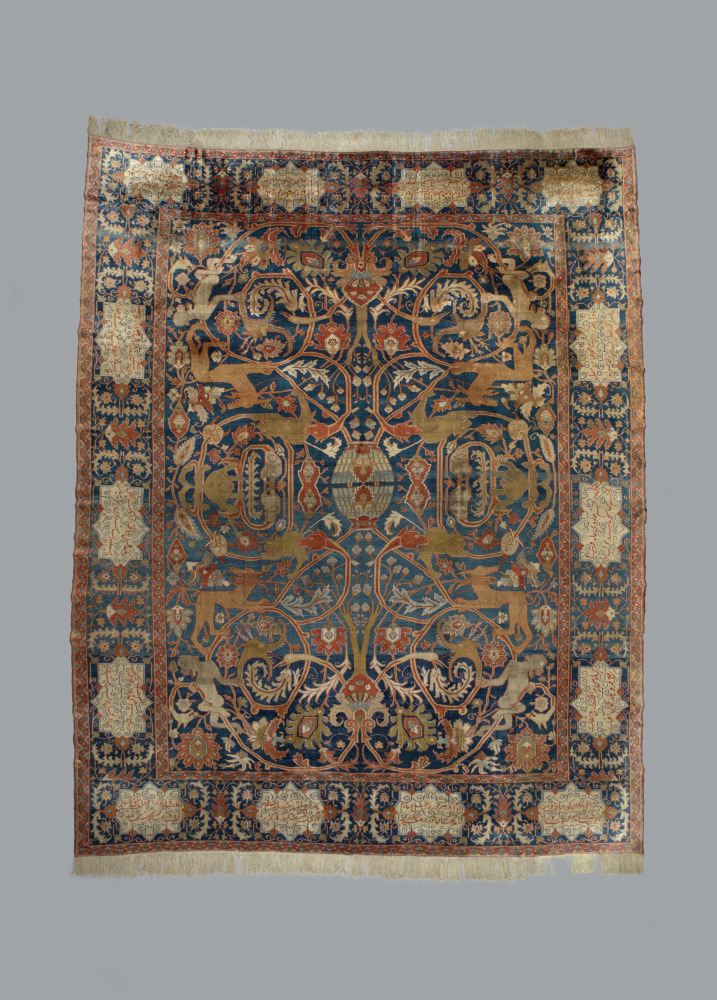
Heriz or Tabriz, Northwest Iran, Fantasy Animal Carpet with Poem (Vaq Vaq Carpet), about 1880. Hand-knotted silk pile; silk warp and weft; 196 x 146.75 in. Neusteter Textile Collection at the Denver Art Museum: Gift of James E. Stokes and Mrs. Donald Magarrell, 1956.38. Photography by Eric Stephenson, courtesy Denver Art Museum.
In National Identity: Workshop Carpets, visitors can explore the detail in carpets made in court or commercial workshops by specialists following visual vocabularies of royal textiles, ceramics, metalwork, book illuminations, and architectural decoration. Three rugs dating back to the Safavid Dynasty (1501-1736) in Persia, now modern-day Iran, represent important categories woven at that time.
Finally, in Regional Identity: Village Carpets, the focus is on carpets designed by women who often created small cottage industries within their villages. These carpets are produced by hand in their homes, specifically for the marketplace and often contain a hybrid of nomadic and village motifs intermixed with court designs. Without first-hand accounts of the weavers, the exact meanings of the motifs remain unknown. However, the patterns of these carpets contain visual DNA that can trace lineages of village rug production.
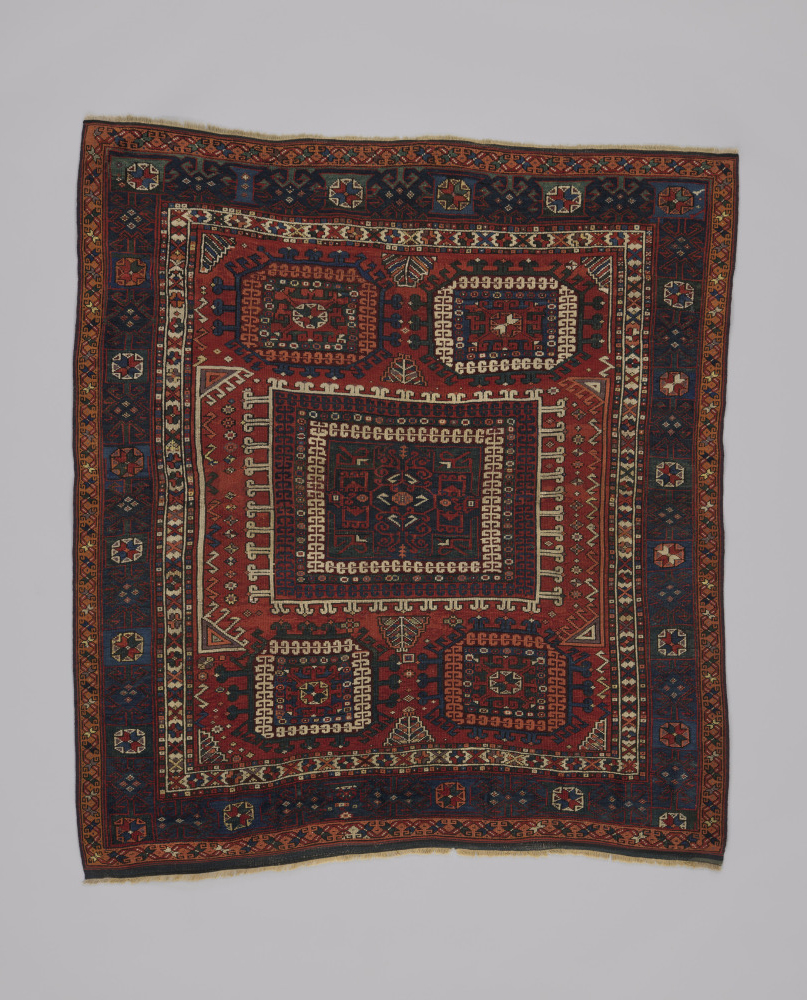
Northwest Turkey, Bergama Rug, 1800s. Hand-knotted wool pile; wool warp and weft; 70 x 60 in. Gift of William and Sondra Bechhoefer.
Adjacent to the exhibition will be a special display in the Nancy Lake Benson Thread Studio, an exploratory space dedicated to textile techniques and materials. In conjunction with Rugged Beauty, visitors can explore processes around natural dyes and knotting techniques featured in the exhibition’s rugs, as well as videos of contemporary artists inspired by these traditions and intergenerational activities where visitors of all ages can try their hand at weaving and knotting.
Planning Your Visit
The most up-to-date information on planning a visit to the Denver Art Museum can be found online under the Plan Your Visit tab. Use this page to find details on ticket pricing, public transit options and access information. General admission for museum members is free every day. Youth aged 18 and under, regardless of residency, receive free general admission everyday thanks to the museum’s Free for Kids program. Free for Kids also underwrites free admission for all school and youth group visits.


